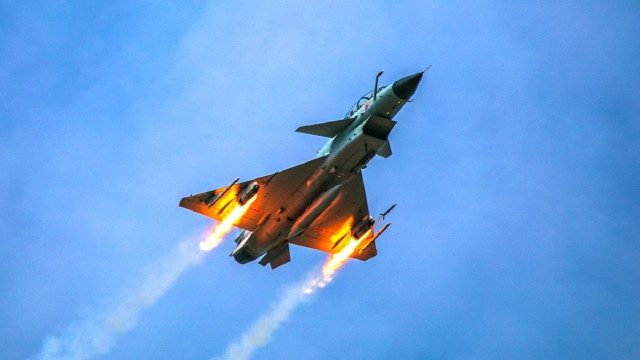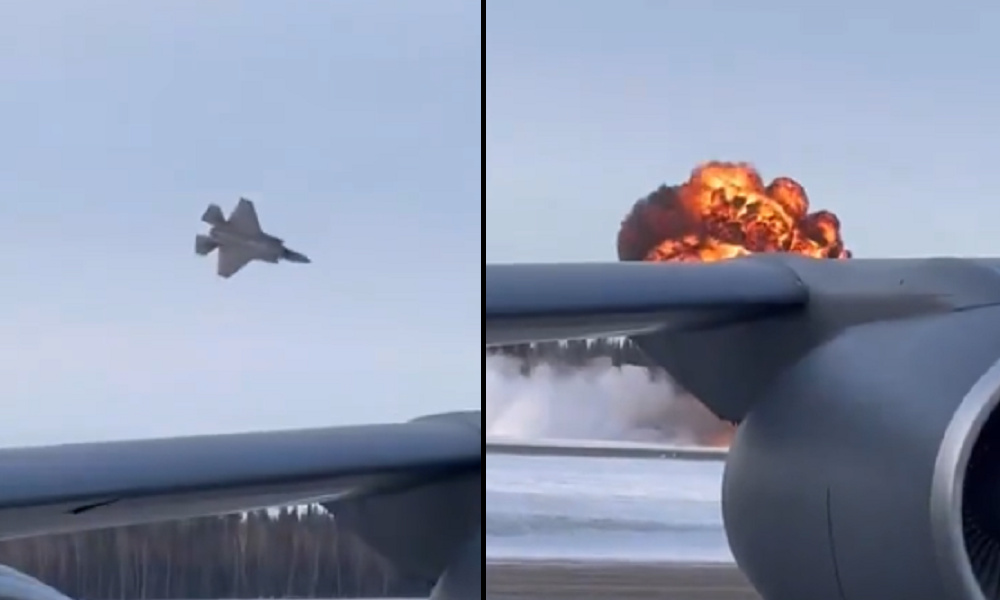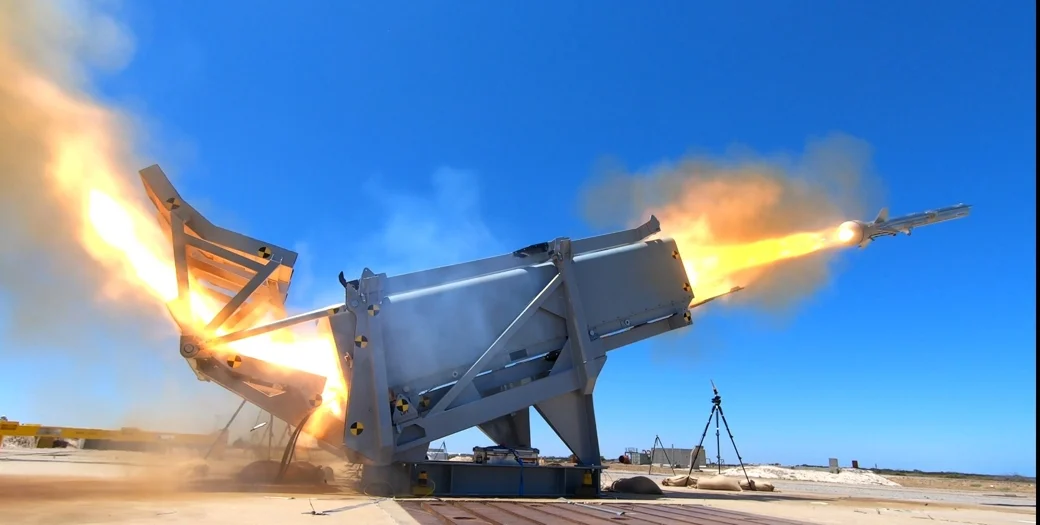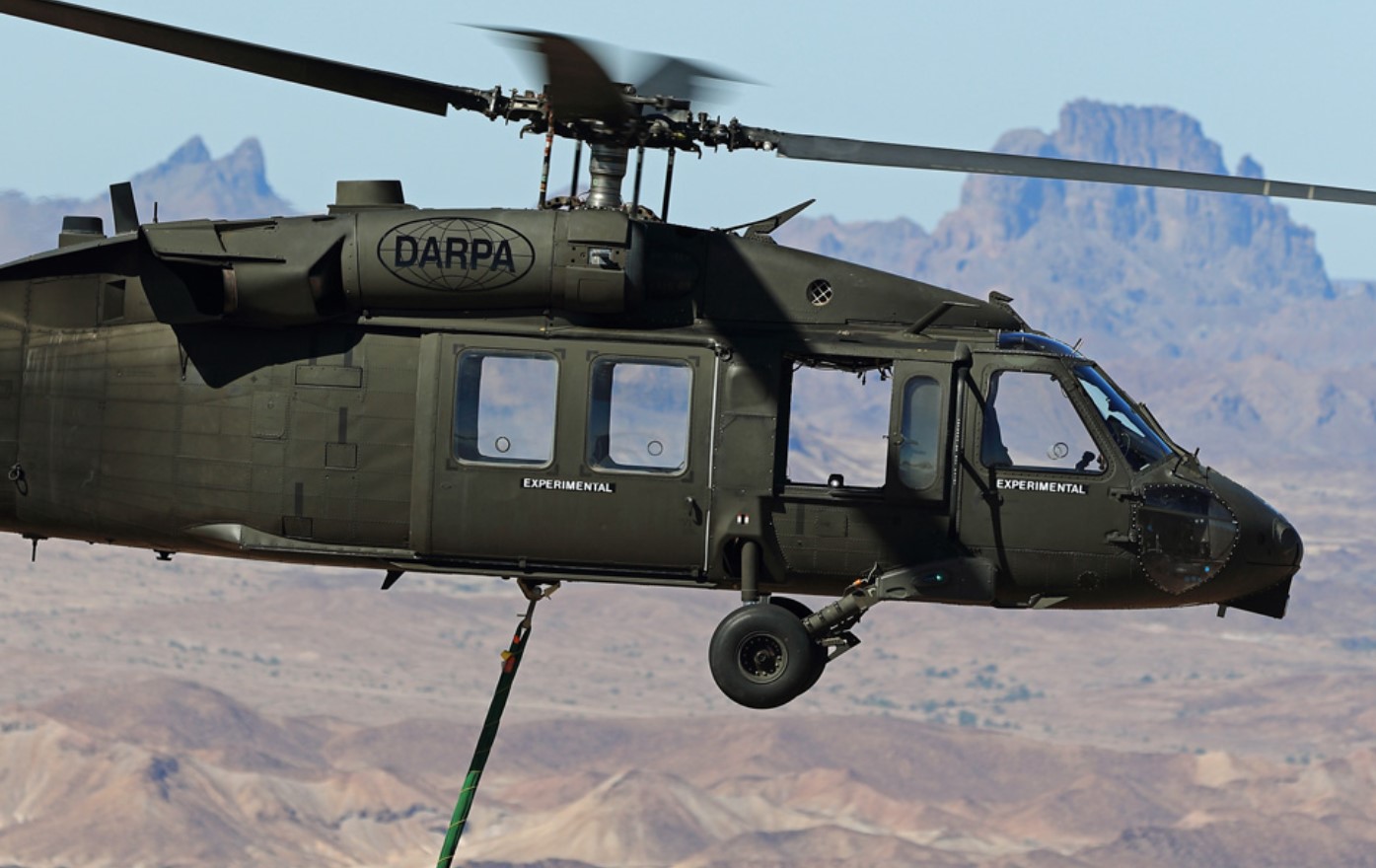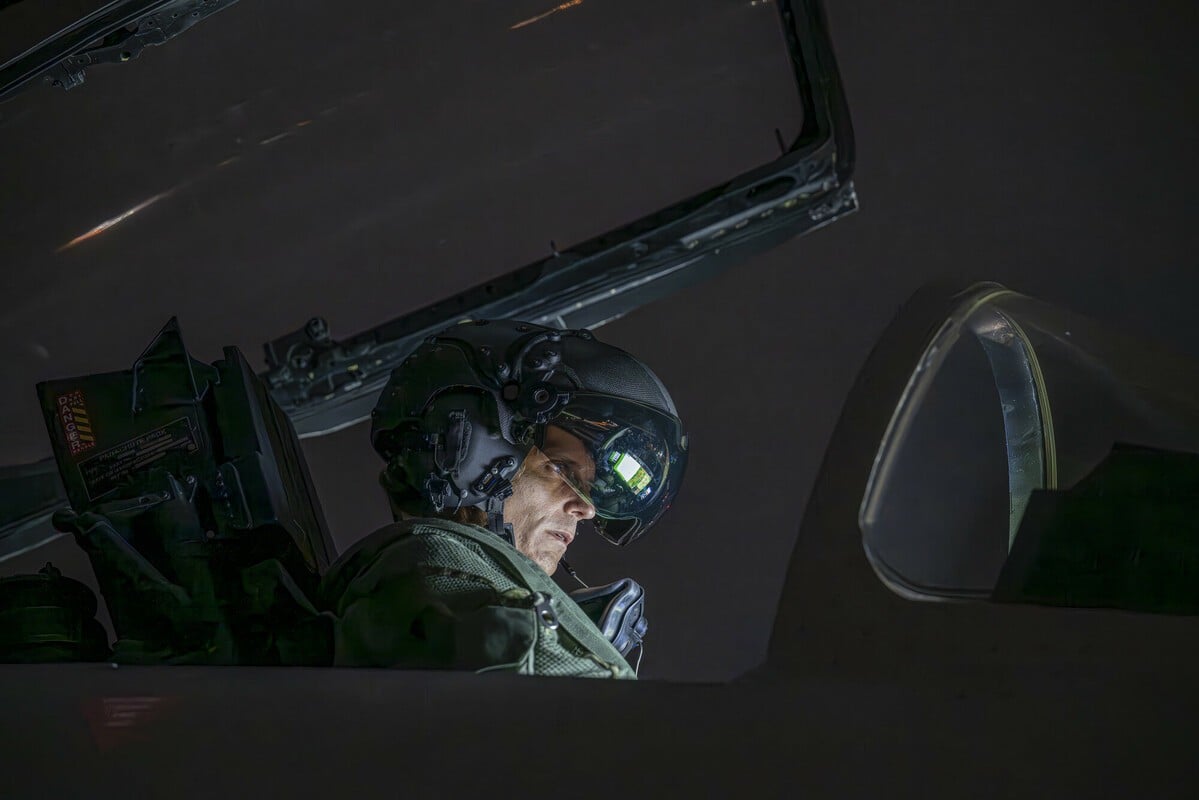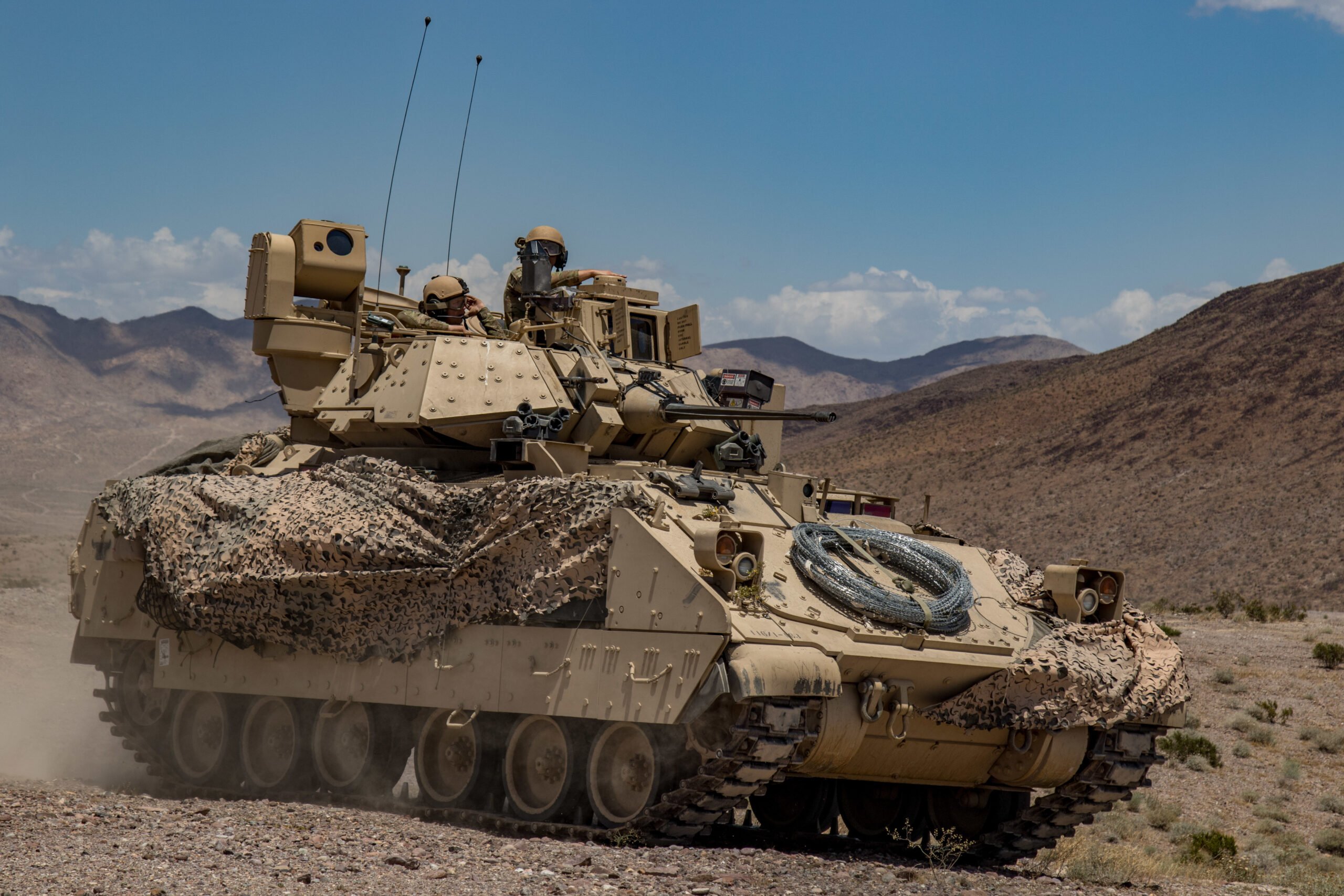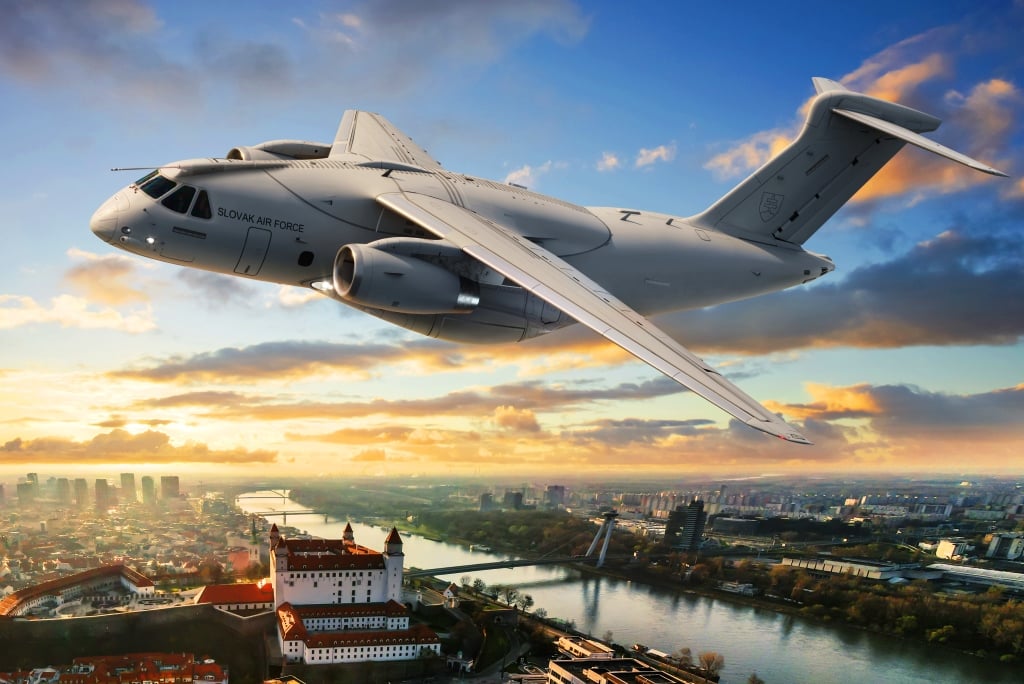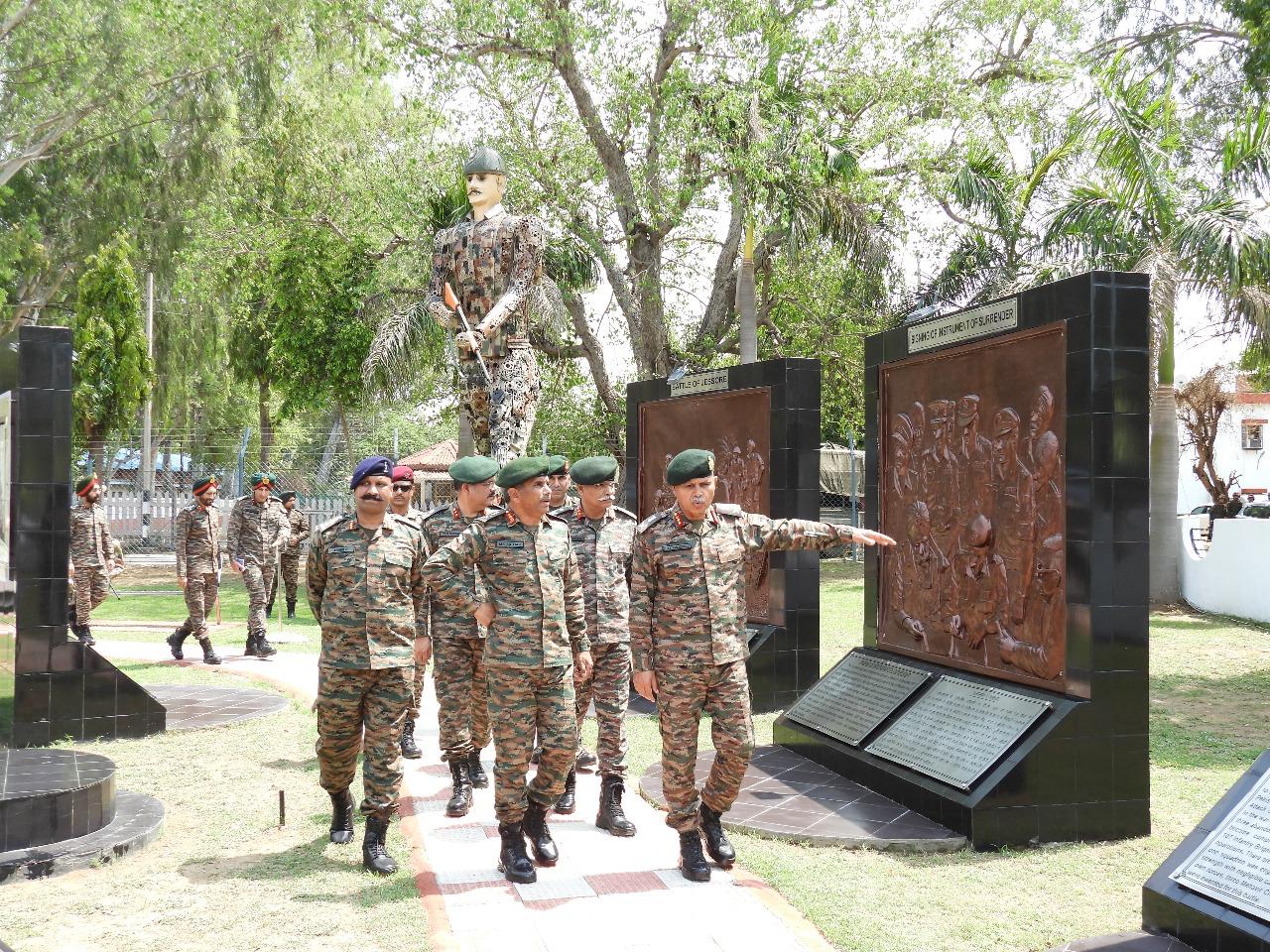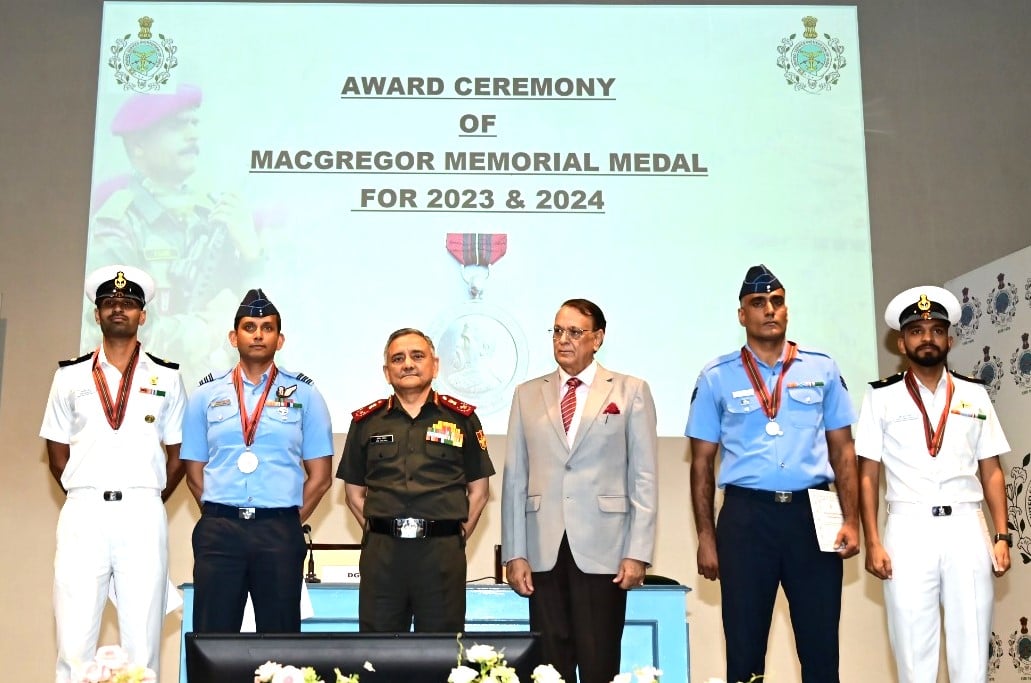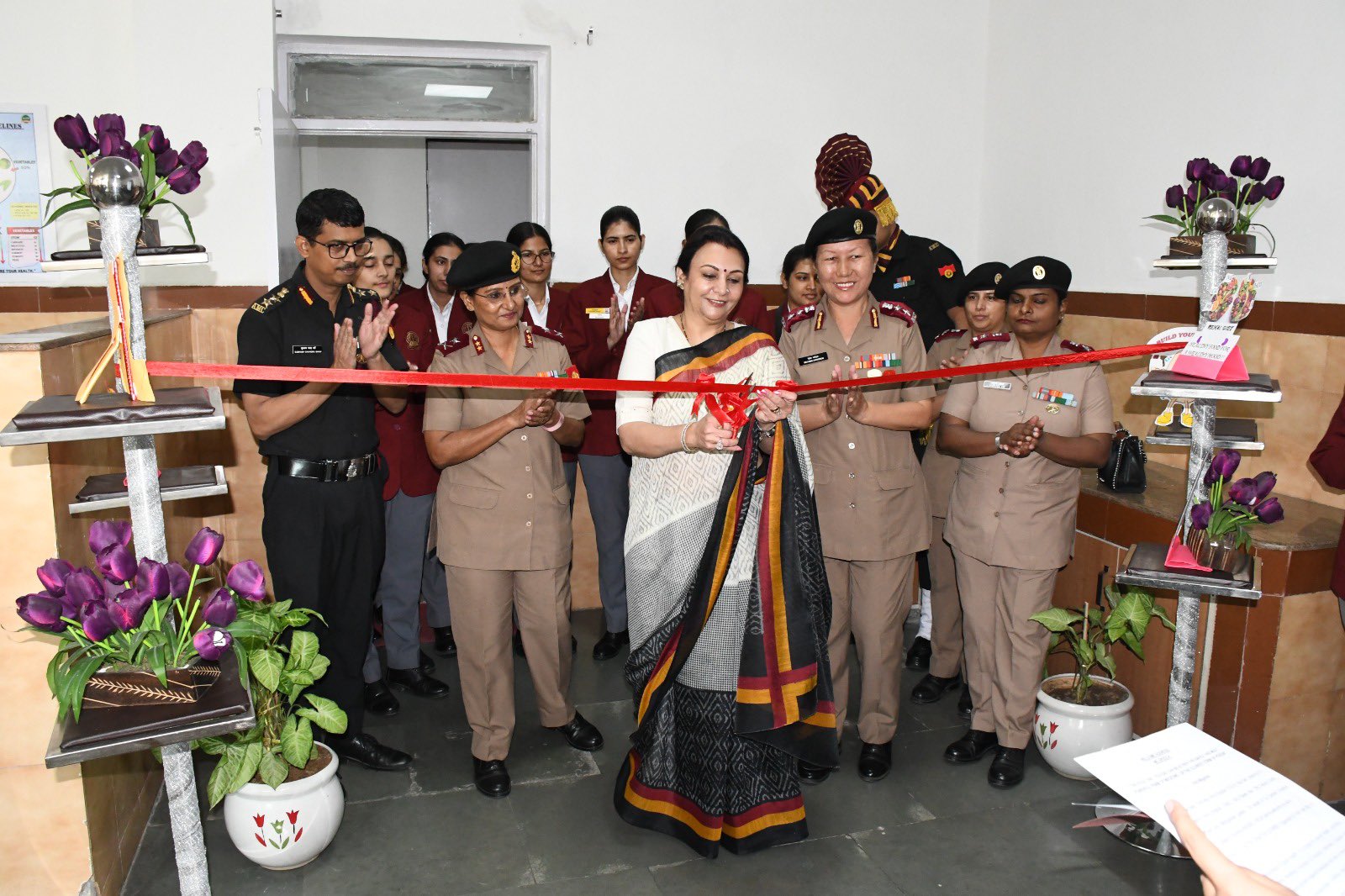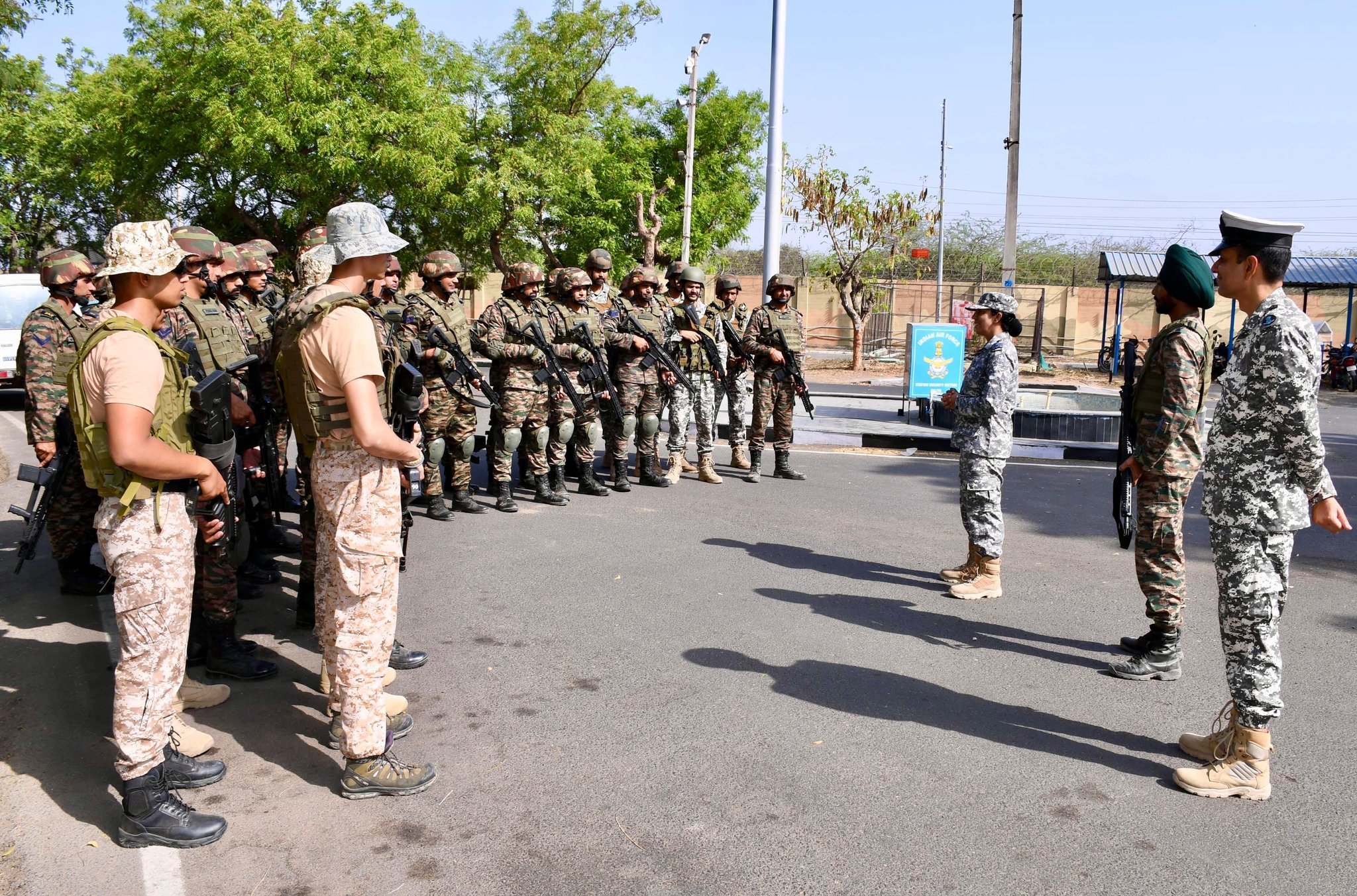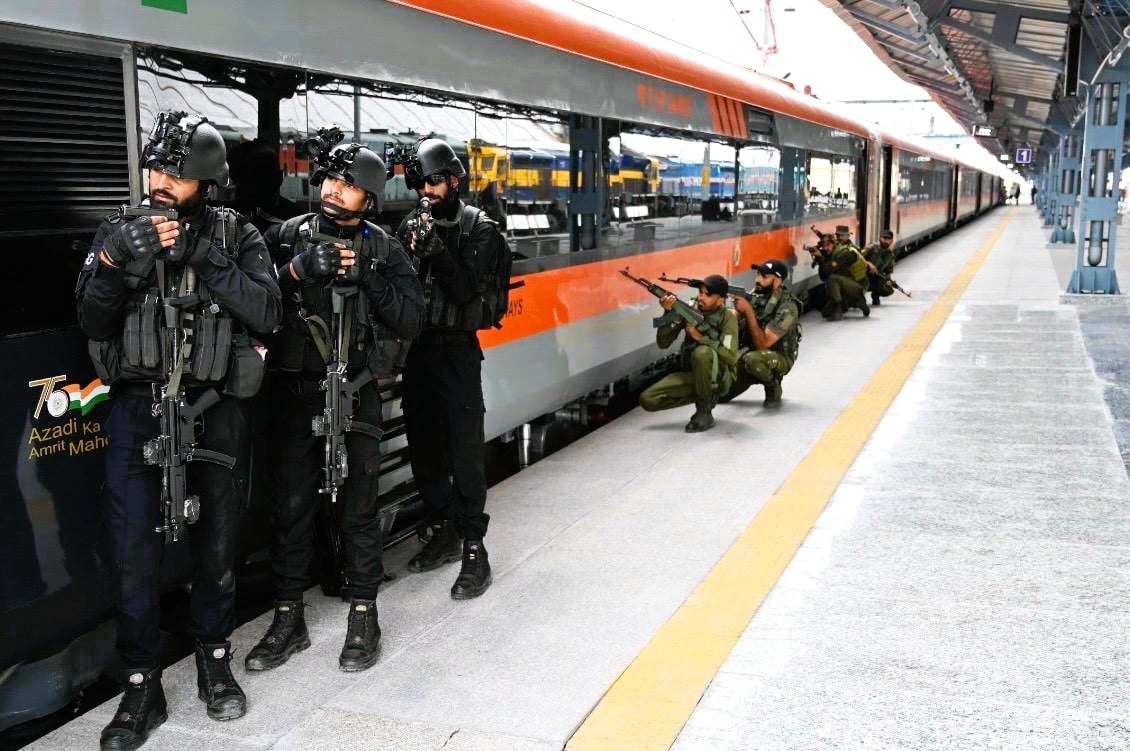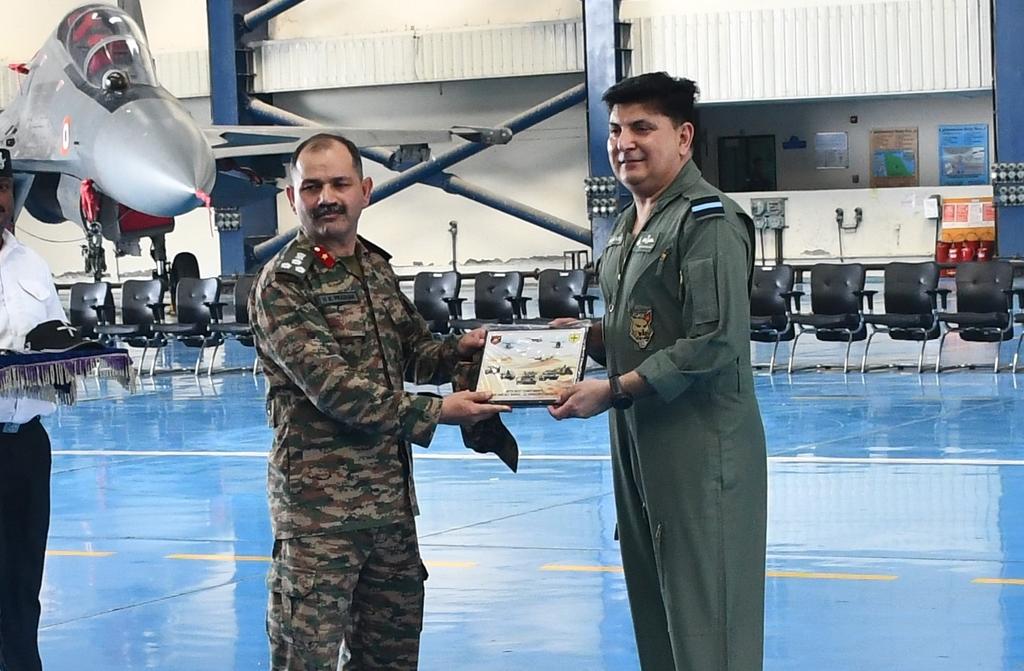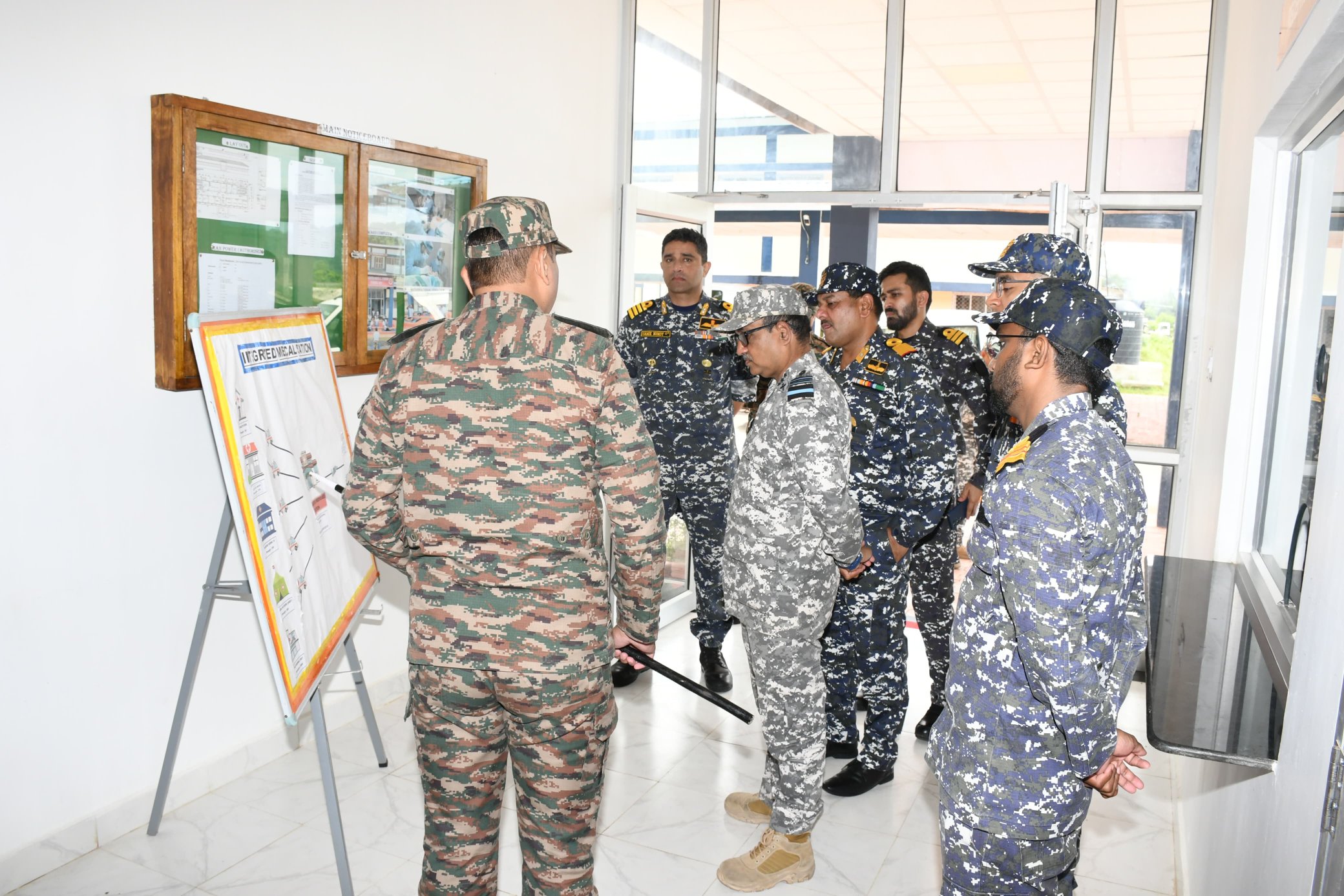At the upcoming Zhuhai Airshow 2024 in China, the United Engine Corporation (UEC), a subsidiary of Russia’s Rostec State Corporation, is set to unveil the enhanced AL-31FN Series 5 engine. This launch marks the engine’s first international appearance and is anticipated to significantly bolster the performance of the Chengdu J-10 fighter jet, particularly in terms of altitude and flight range.
Developed by Salyut, the AL-31FN variant was initially designed to power the Chengdu J-10, featuring a thrust capability of 12.7 tonnes-force. The engine has evolved over time, with later J-10 models seeing improvements that include a thrust of 13.7 tonnes-force in the Series 3 variant. The corresponding engine for India’s Su-30MKI is the thrust vectoring AL-31FP, produced by UMPO, with an additional manufacturing partnership with Hindustan Aeronautics Limited (HAL) in India. The AL-31FP engine provides a thrust of 12.5 tonnes-force and possesses the ability to deflect its nozzle by ±15 degrees, enhancing maneuverability.
Another advanced engine option is the AL-41F1, which powers the Russian Su-57 stealth fighter and offers a thrust of 15 tonnes-force. Industry speculation suggests that the thrust of the AL-31FN Series 5 engine showcased at Zhuhai may closely rival that of the AL-41F1, thereby providing newer variants of the J-10 with substantially improved ranges and agility.
Meanwhile, India’s Ministry of Defence (MoD) recently endorsed a significant upgrade plan for 84 IAF Su-30MKI fighters, involving an investment of approximately Rs 60,000 crore ($7.5 billion). The upgrade aims to integrate advanced radars, mission control systems, and weaponry, thereby not only improving the aircraft’s operational capabilities but also fostering self-reliance in defense manufacturing. This initiative, spearheaded by HAL with support from the Defence Research and Development Organisation (DRDO), is divided into two phases. Initially, new avionics and radar systems will be installed, followed by enhancements to the flight control systems. A standout feature of this upgrade will be the indigenous AESA radar, named Virupaksha, which is expected to have superior specifications compared to the existing Uttam AESA radar.
Despite this substantial upgrade effort, it is notable that there are no plans to modify the Su-30MKI’s airframe or engine. The continued use of the AL-31FP engine raises questions regarding the limitations placed upon the upgraded aircraft, particularly in terms of carrying modern sensors which may require additional onboard electrical power. Furthermore, as military technology advances, including the development of long-range hypersonic missiles, the existing engine’s capabilities may prove inadequate.
The decision not to transition to the more powerful AL-41F-1S engine—known for being 16% more powerful and cost-effective—has led to criticism of the current upgrade strategy. Adopting the AL-41F-1S could provide enhanced performance without necessitating airframe modifications, potentially aligning the Su-30MKI with modern combat requirements.
Compounding these concerns is the perception that HAL has regarded its access to the AL-31FP production license as a mere entitlement rather than an opportunity for real technological advancement. Since entering into the license production agreement for the Su-30MKI and its associated engine kits in 2000, HAL has been on a trajectory that some defense analysts view as lacking in innovation.
Recently, the MoD formalized a contract for the procurement of 240 AL-31FP engines, which are expected to support the IAF’s Su-30 fleet amid ongoing modernization efforts. The planes are projected to receive 30 engines per year for a total delivery span of eight years, which aligns with the anticipated extended airframe life following the upgrade project.
In stark contrast, the PLAAF has adopted a markedly proactive stance on enhancing the capabilities of its Chengdu J-10 fighters through systematic engine upgrades. The new iteration equipped with the AL-31FN Series 5 engine illustrates the Chinese military’s commitment to refining its aerial combat capabilities, a contrast to the IAF’s more conservative approach in this domain. The difference between the two nations highlights a broader discussion about the future of air power and defense strategies in the evolving global landscape.

